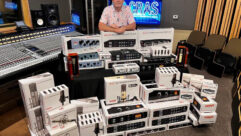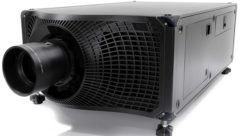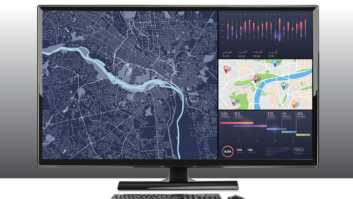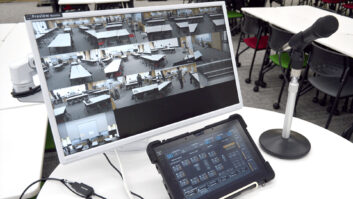FORMULA OF THE MONTH
Jan 1, 2002 12:00 PM,
TED UZZLE
Clocking Sound
SOUND IS EVERYWHERE. It goes from top to bottom, side to side, and all around. We measure its characteristics as it goes past using the basic characteristics of sound: velocity, c; frequency, f; the period of a repeating wave, p; and the wavelength, λ.
The speed of sound is given by the formula:
c = 1052 + 1.106 × °F
This formula requires the temperature in degrees Fahrenheit and gives its answer in feet per second.
The formula for metric units is:
c = 331.4 + 0.607 × °C
What is the speed of sound at 75°F?
c = 1052 + 1.106 × 75 = 1134.95 feet/second
What is the speed of sound at 19°C?
c = 331.4 + 0.607 × 19 = 342.93 meters/second
We’ve used to using speed and velocity interchangeably in common speech, but in physics they are quite different. Speed is a scalar quantity, consistent regardless of the direction of travel. Velocity is a vector quantity; if either speed or direction changes, then velocity changes. Consider what happens when sound travels through air of one temperature, then enters a band of air of a higher temperature. The sound speeds up and is refracted. Speed changes first; then direction changes, so both speed and velocity change.
Another pertinent distinction is between particle velocity and phase velocity. When you pitch a stone into a pond, you see circular waves originating at the point of entry and spreading outward concentrically. The water molecules aren’t moving away from the point of impact. They’re moving up and down but doing so in a way that creates a phase wave moving at 90° to the water movement.
Period, or how long it takes an event to occur, and frequency, the number of events per second (measured in Hz), are properties of every cyclic event. The table gives the approximate frequencies of some common events, given in the engineering number system. Notice that different frequencies occur in media with different velocities.
Period and frequency are inversely related. The formula figure shown here gives speed, period and frequency in terms of each other. Select the unknown from the inner circle, and then look at the outer circle to find formulas that calculate this value in terms of other values. Notice that all the units must interlock. If c is meters per second, then p must be in seconds and f must be in hertz.
The last wave characteristic is wavelength, λ: the distance the phase wave travels in one complete cycle. Here again, the units used must interlock.
WHAT ARE THE FREQUENCIES, KENNETH?
Practice
Here are some practice problems. Notice that not all waves are traveling through air! There may be other little surprises in these problems.
You can go to www.svconline.com to check your work.










